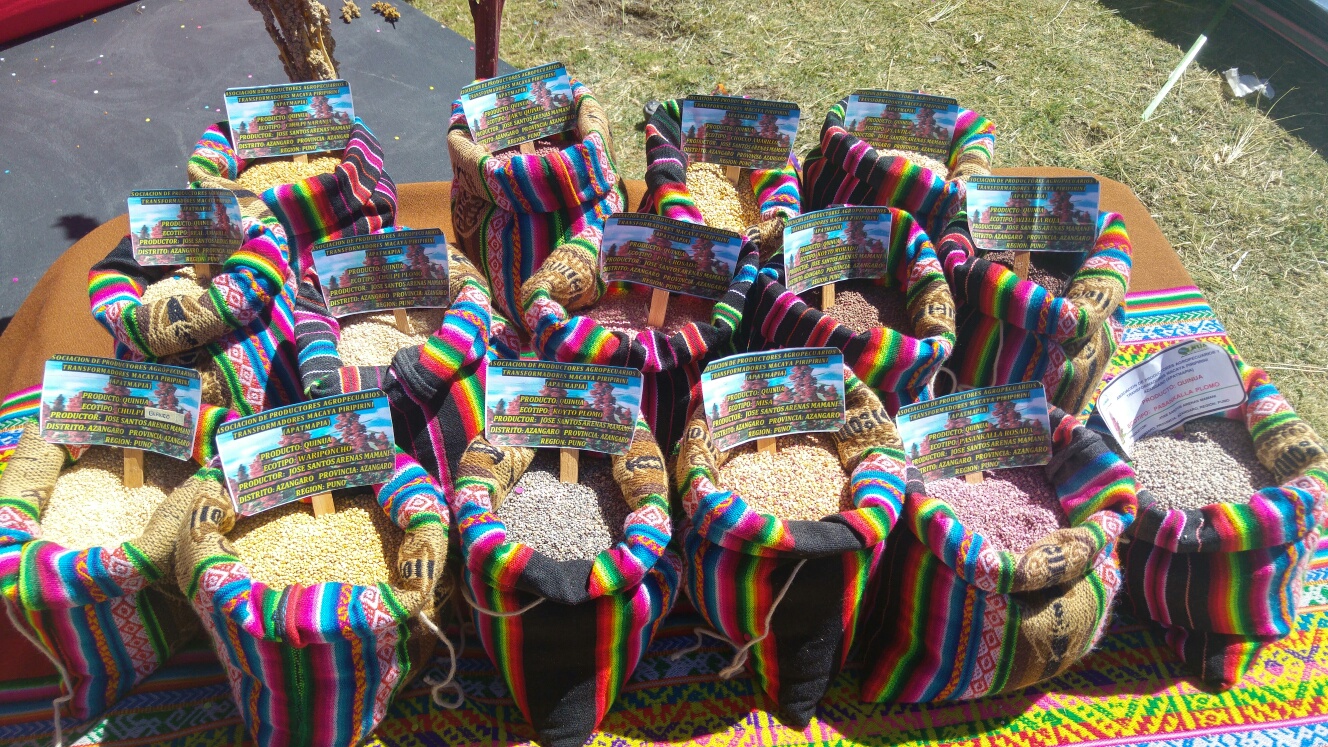An Overview Of Our Solution
- Population Impacted:
- Continent: South America
Organization type
Population impacted
Size of agricultural area
Production quantity
People employed
Describe your solution
Describe your implementation
External connections
What is the environmental or ecological challenge you are targeting with your solution?
Describe the context in which you are operating
Over 50% of rural inhabitants in Peru live in poverty, with rates even higher among the indigenous Quechua and Aymara communities in the arid Andean highlands, where much ABD is conserved de facto by these farmers. Women are the worst affected due to male emigration seeking employment. At the same time, Peru is one of 10 mega-biodiverse countries and a centre of origin for crops important to the livelihoods of the poor. These include Andean crops (Andean grains, potato, cassava, maize and cacao) of global importance, including to the US Government's Feed the Future countries. In Peru, many species/varieties of these crops are considered “severely threatened” [1] but management strategies are lacking even though the National Biodiversity Strategy recognizes the need for development of incentives to guarantee conservation in areas “under management of peasant and/or native communities” and with “mechanisms for technical assistance and monitoring” [2].
How did you impact natural resource use and greenhouse gas emissions?
Language(s)
Social/Community
Water
Food Security/Nutrition
Economic/Sustainable Development
Climate
Sustainability
PACS currently relies on grant funding but efforts are underway to integrate it into government incentive funding programs/legislation (PIP Verdes - see above). Additional funding sources being explored through engagement with private/public sector entities, including through corporate social responsibility and public food purchase/distribution programs. The recent signing of production contracts by a private sector start-up Kai Pacha reveals that niche product market development can lead in some (although not all) cases to "conservation through use". PACS species/varieties have been grown in farmer’s fields for years after intervention, thus suggesting that repeated intervention every year may not be necessary to reach conservation goals.
Return on investment
Entrant Banner Image

